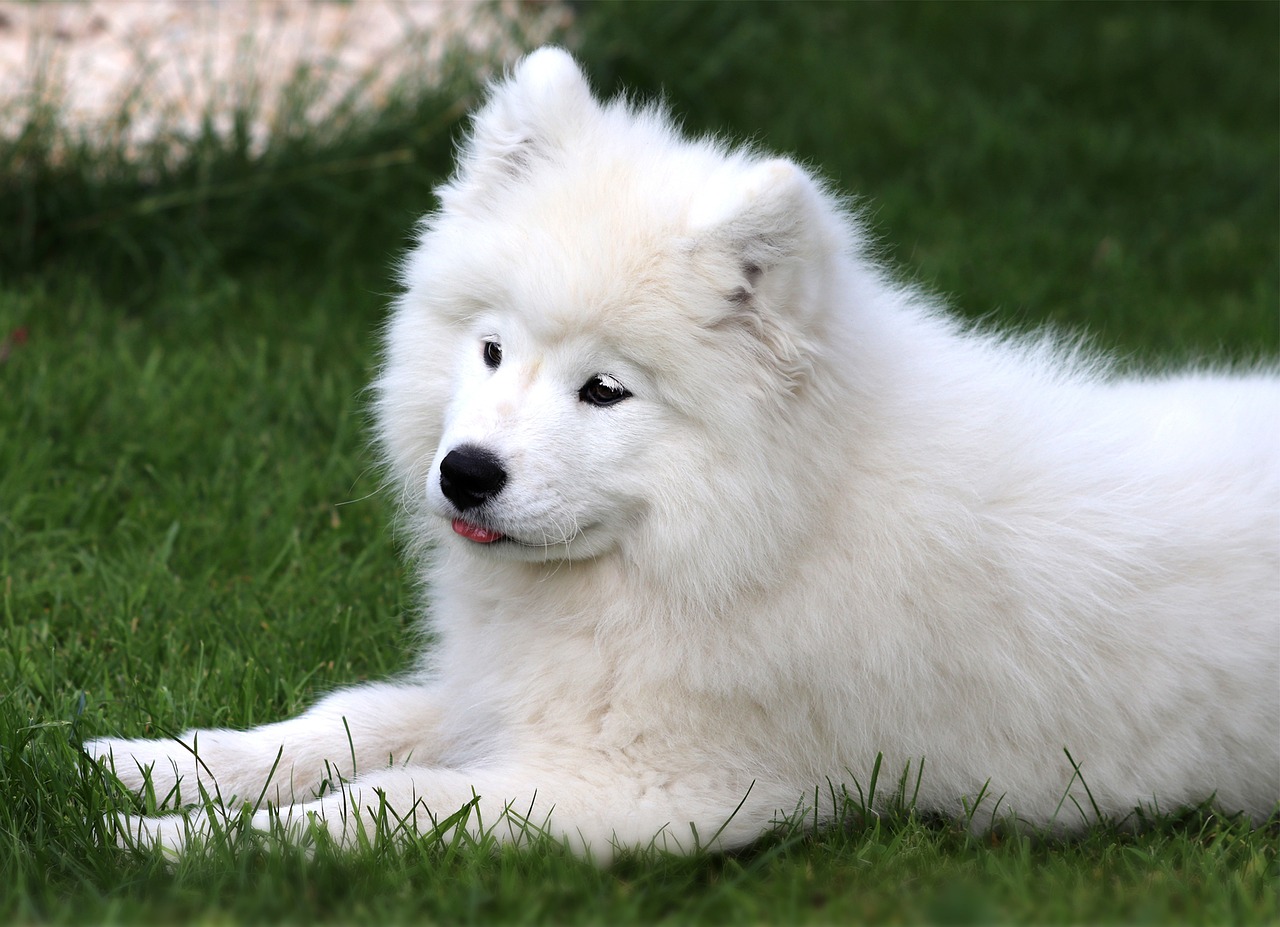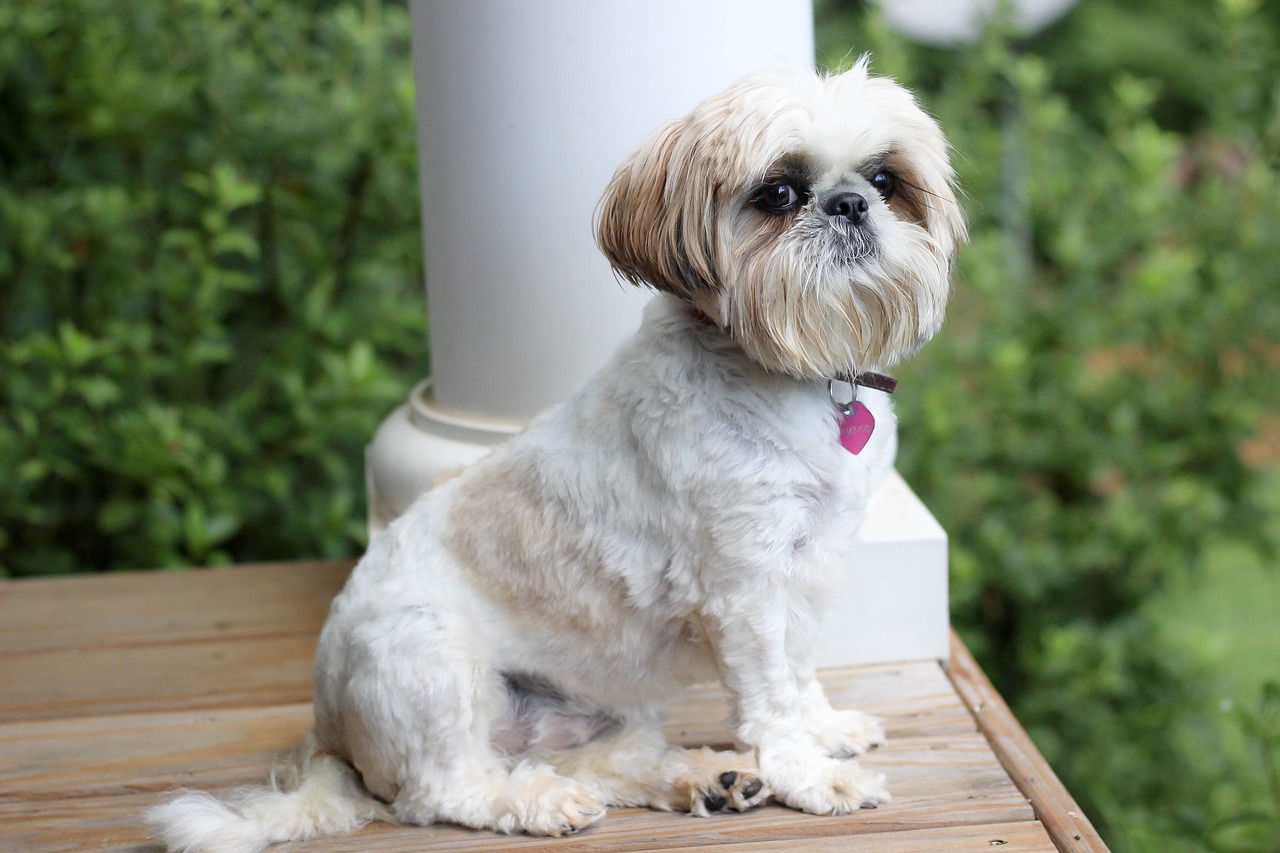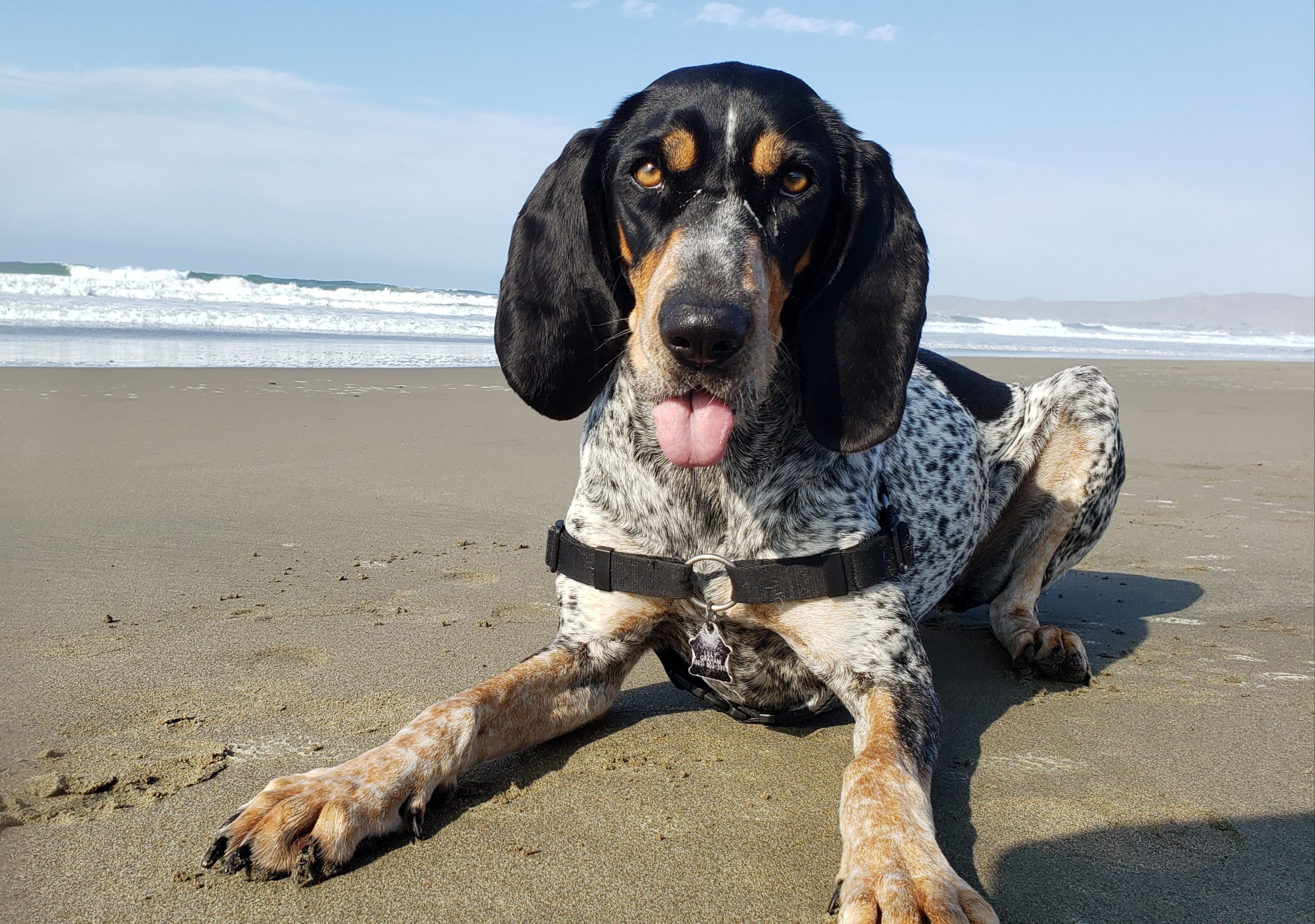Samoyeds are one of the most visually striking breeds, known for their fluffy white coats and smiling faces. However, many are surprised to learn that Samoyeds can come in a variety of colors and patterns, beyond the classic pure white. These variations, while sometimes subtle, can range from pure white to biscuit, and even include a cream or light brown tint. Each coloration offers a unique twist on the traditional appearance of the Samoyed, making them even more distinctive. In this article, we will explore seven stunning color variations of Samoyeds, delving into the beauty and rarity of each, and showcasing how these colors enhance their adorable features.
1. Pure White
The Pure White Samoyed is the most iconic and widely recognized color of the breed. This variation features a bright, snowy coat that seems to sparkle under any light. Pure White Samoyeds are highly prized for their stunning visual appeal, which perfectly matches their friendly and gentle disposition. Their thick, double-layer coat not only serves as protection against cold temperatures but also adds to their majestic, cloud-like appearance. The pure white color enhances their natural smile, making them one of the most photogenic breeds.
2. Cream
Cream Samoyeds possess a light beige or creamy color that still maintains the brightness typical of the breed but with a warmer tone. This variation can range from a very light, almost imperceptible cream to a more distinct beige that stands out more clearly against the white. Cream Samoyeds offer a soft, almost ethereal look that is equally beautiful and tends to bring out the deep black of their eyes and lips, providing a striking contrast that is both charming and striking.

3. Biscuit
Biscuit Samoyeds show a light brown or golden tint, particularly around the ears, back, and tail. This coloration adds a unique flair to the Samoyed’s appearance, highlighting the textures and layers of their dense coat. Biscuit markings can vary significantly in intensity and coverage but always contribute a touch of warmth to the dog’s overall look. This variation is especially popular among those who appreciate a slightly different aesthetic in Samoyeds while maintaining the breed’s characteristic fluffiness and cheerful expression.
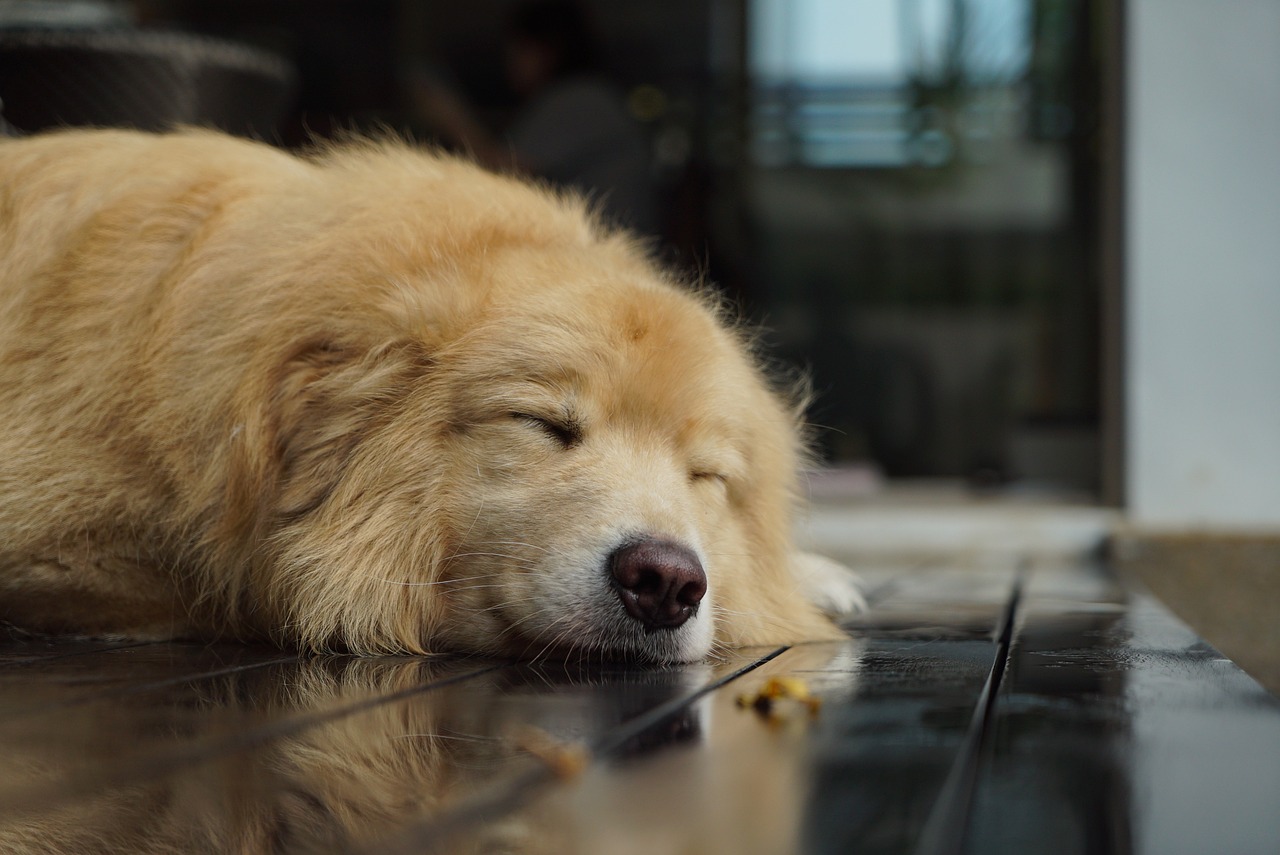
4. White & Biscuit
The White & Biscuit Samoyed combines the classic pure white with biscuit-colored patches, often around the ears, on the back, or tail. This combination can give the Samoyed a distinctly marked coat that emphasizes their playful and alert nature. The contrast between the white and biscuit patches makes for a striking visual that is sure to turn heads, adding an extra layer of beauty to an already gorgeous breed.

5. White & Cream
White & Cream Samoyeds feature a mix of white and light cream patches throughout their coat. This subtle blend provides a softer alternative to the pure white variety and enhances the fluffy appearance of their fur. The cream patches are often less pronounced than the biscuit but offer a gentle hint of color that enriches the dog’s overall look without overwhelming the classic white that is so characteristic of the breed.
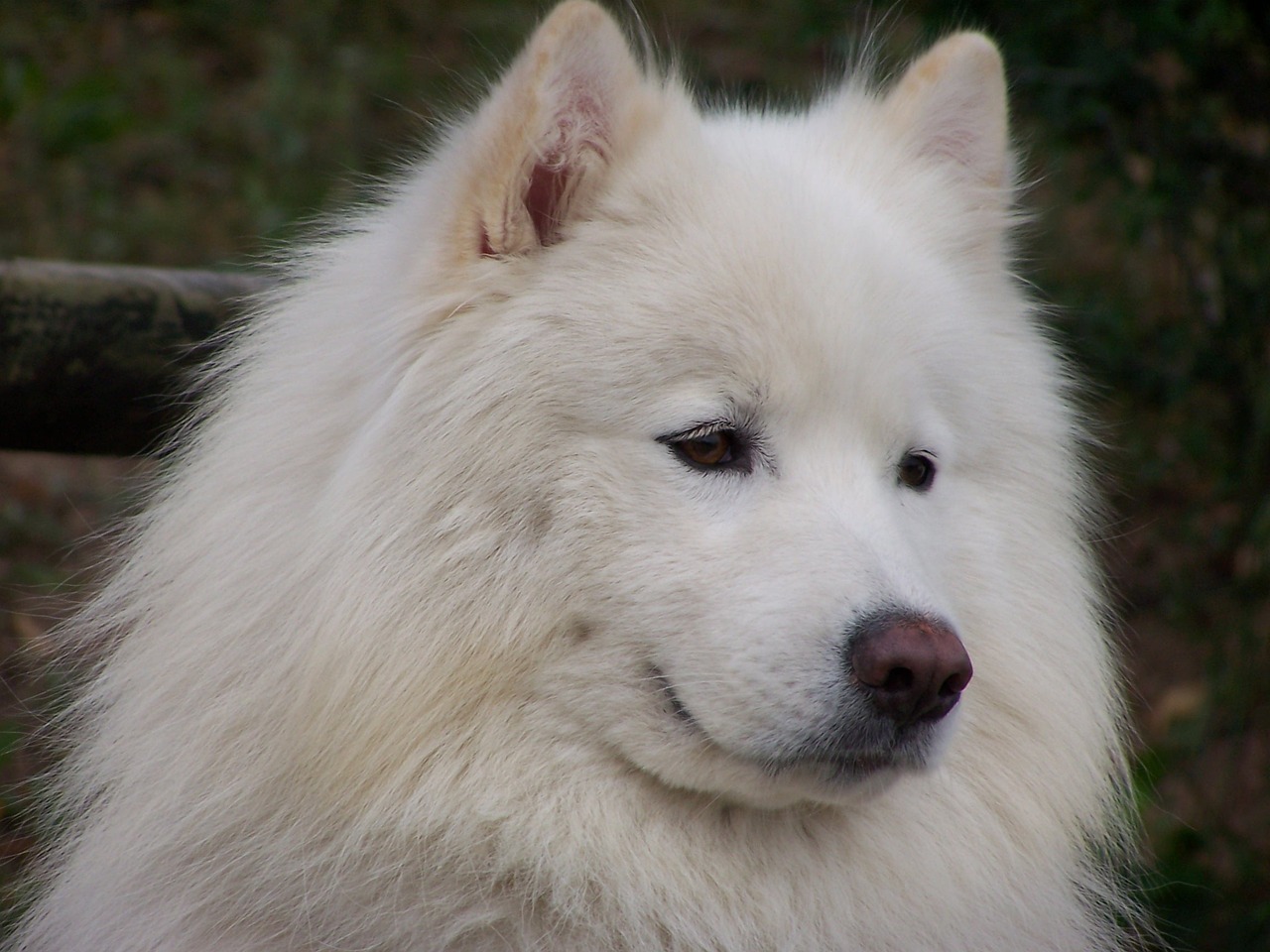
6. Light Brown
Though quite rare, the Light Brown Samoyed shows a coat that is uniformly light brown, a color that may not be recognized in all breed standards but can occur naturally. These Samoyeds retain all the breed’s beloved traits but offer a completely different look that stands out in the sea of white and cream Samoyeds. The light brown color can range from a soft tan to a more distinct brown, providing a unique and captivating aesthetic.
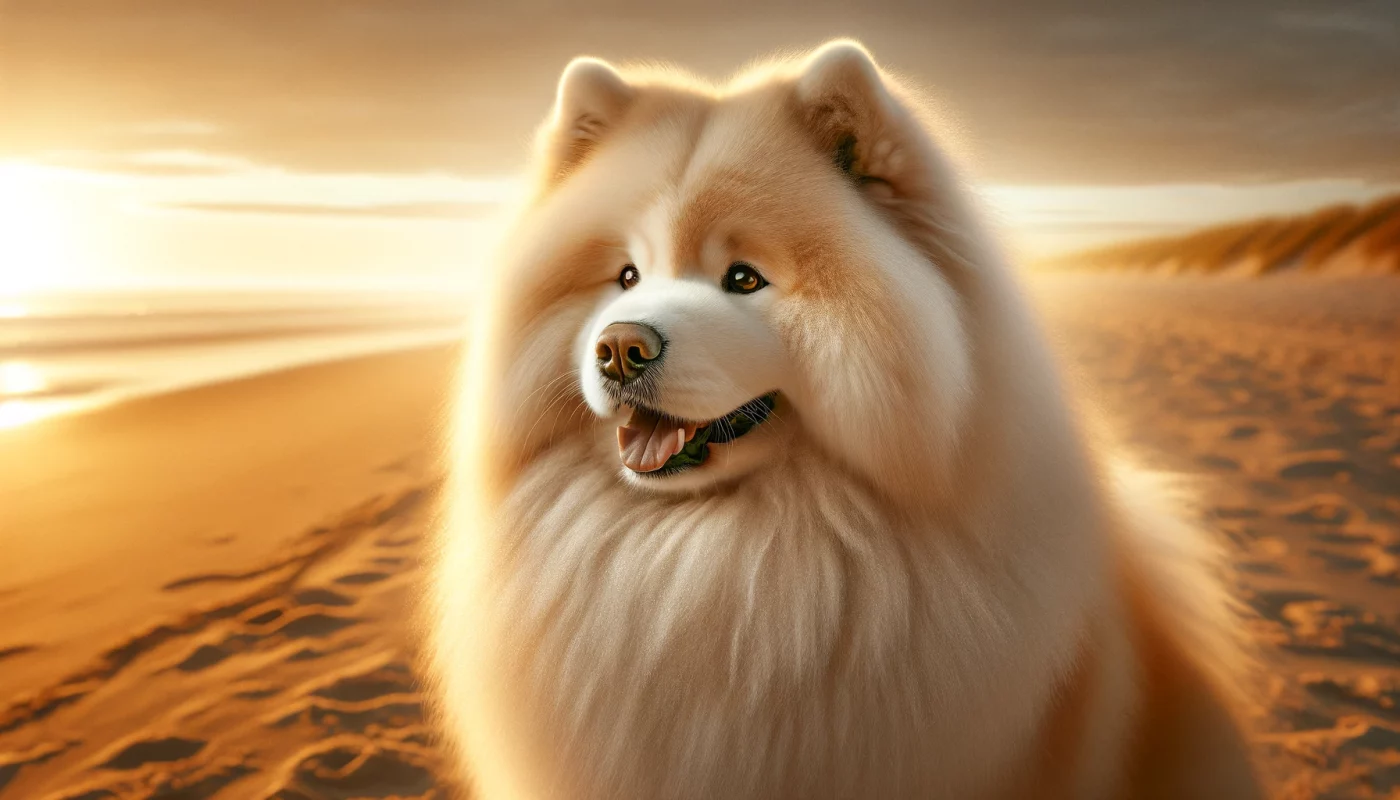
7. Mixed Patterns
Some Samoyeds may also exhibit mixed patterns that do not fit neatly into one color category but instead display a combination of shades including white, cream, and biscuit in various patterns. These dogs showcase the genetic diversity of the breed and illustrate that Samoyeds can indeed be more colorful than traditionally expected.
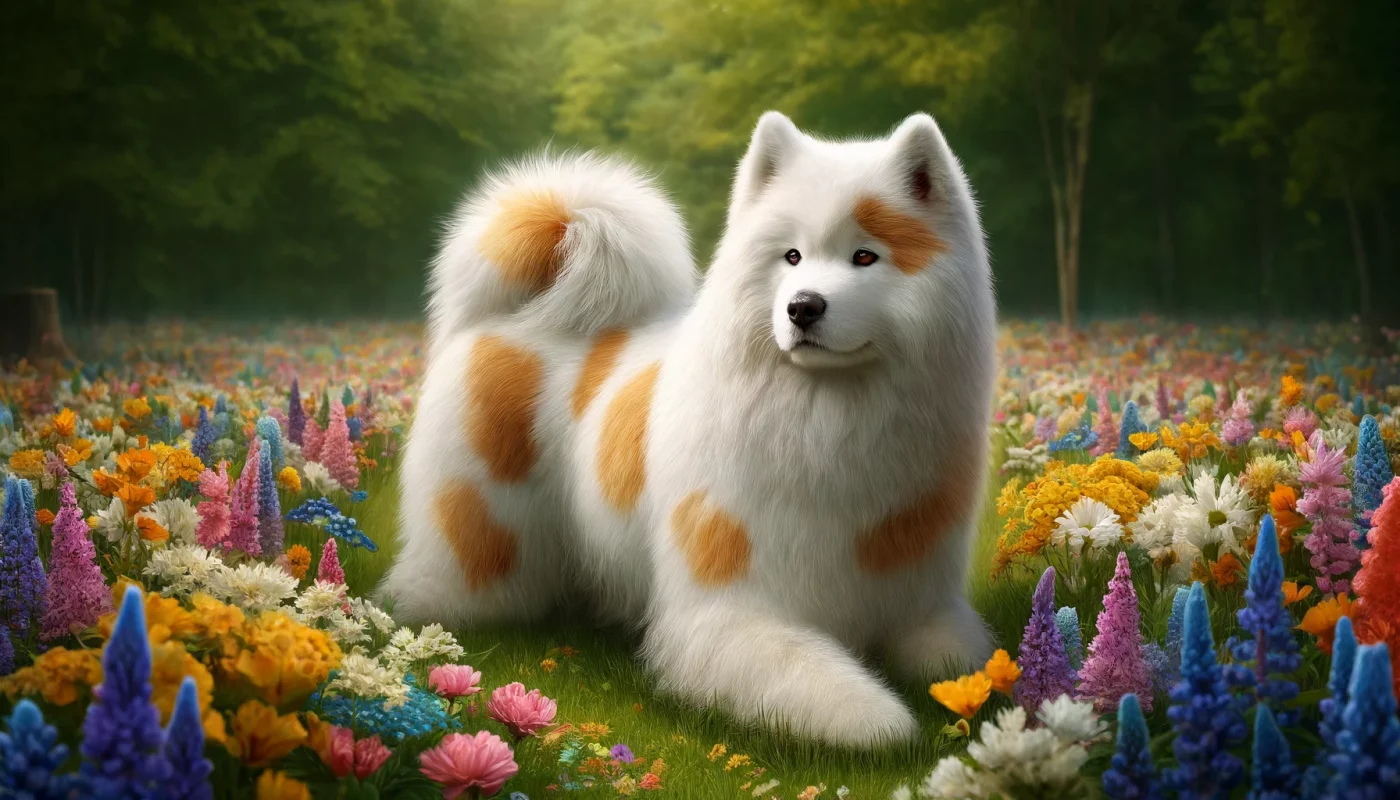
In conclusion, Samoyeds are not only delightful companions but also come in a variety of stunning colors that enhance their natural beauty. From the gleaming pure white to the unusual light brown, each color variation adds a unique touch to the breed, making each Samoyed special. Whether you prefer the traditional snowy white or a rare mixed pattern, Samoyeds of all colors continue to charm and delight their owners with their bright smiles and fluffy coats.
Frequently Asked Questions About Samoyed Colors
1. What are the most common color variations of Samoyeds?
The most common color for Samoyeds is pure white, which is widely recognized and admired for its bright, sparkling appearance. However, Samoyeds also commonly come in cream, which adds a slight beige tint to the otherwise pure white coat. These colors reflect the breed’s historical background of surviving in harsh, snowy environments, where their light coloration helped them blend into the landscape.
2. Are Samoyeds ever completely black or brown?
No, Samoyeds are not known to have completely black or dark brown coats. The breed standard recognizes white, cream, and biscuit colors, and any solid black or brown is not typical or accepted in show standards. The darkest a Samoyed’s coat typically gets is a light biscuit color, often seen just around the tips of the ears or on the back.
3. What is biscuit coloring in Samoyeds?
Biscuit coloring in Samoyeds refers to light brown or golden patches that can appear throughout the coat, most commonly around the ears, back, and tail. This coloration adds a distinctive warmth to the Samoyed’s appearance, contrasting subtly with the white or cream base of the coat. Biscuit-colored areas can vary widely in intensity and coverage from one Samoyed to another.
4. Can a Samoyed’s coat color change as they age?
Yes, a Samoyed’s coat color can change as they age. Puppies may be born with a creamier color that lightens as they grow into adults. Additionally, the biscuit markings may become more pronounced or fade over time. Seasonal changes can also affect the thickness and texture of their coat, which might make their color appear lighter or darker.
5. How does the Samoyed’s coat color affect grooming?
The color of a Samoyed’s coat doesn’t significantly affect grooming practices, but lighter coats, such as white or cream, may show dirt and stain more easily than darker coats. Regular grooming is essential for all Samoyeds to maintain their coat’s health and appearance, involving brushing several times a week to prevent matting and manage shedding.
6. Is there any genetic significance to a Samoyed’s coat color?
While coat color in Samoyeds doesn’t typically have a genetic significance related to health, the genetics behind coat color can affect the appearance of each dog. For instance, the gene responsible for biscuit markings is recessive, so a puppy must inherit the gene from both parents to show this trait. Understanding these genetics can be important for breeders.
7. What color are Samoyed puppies when they are born?
Samoyed puppies are generally born white, and if they are going to develop biscuit markings, these typically start to become noticeable as they grow older. However, the intensity and placement of biscuit or cream coloring can be unpredictable and may change as the puppy matures.
8. Do certain coat colors in Samoyeds have more health problems?
There is no evidence to suggest that certain coat colors in Samoyeds are linked to more health problems. Health concerns in Samoyeds are more likely to be genetic or breed-specific rather than color-related. Prospective Samoyed owners should focus on finding a reputable breeder who conducts health screenings for common issues like hip dysplasia and eye conditions.
9. Are cream or biscuit Samoyeds rare?
Cream Samoyeds are less common than pure white ones but are not considered rare. Biscuit Samoyeds, especially those with extensive biscuit coloring, are less common and can be considered somewhat rare. The amount and intensity of biscuit coloring can vary, making each biscuit Samoyed unique.
10. Can Samoyeds have patterns in their coat?
While Samoyeds are not known for having patterns like spots or stripes, they can have biscuit or cream markings that give their coat a slightly patterned look. The most recognized pattern in Samoyeds is the pinto pattern, which features large, irregular patches of color on a white background. However, this pattern is extremely rare and not accepted by all show standards.

